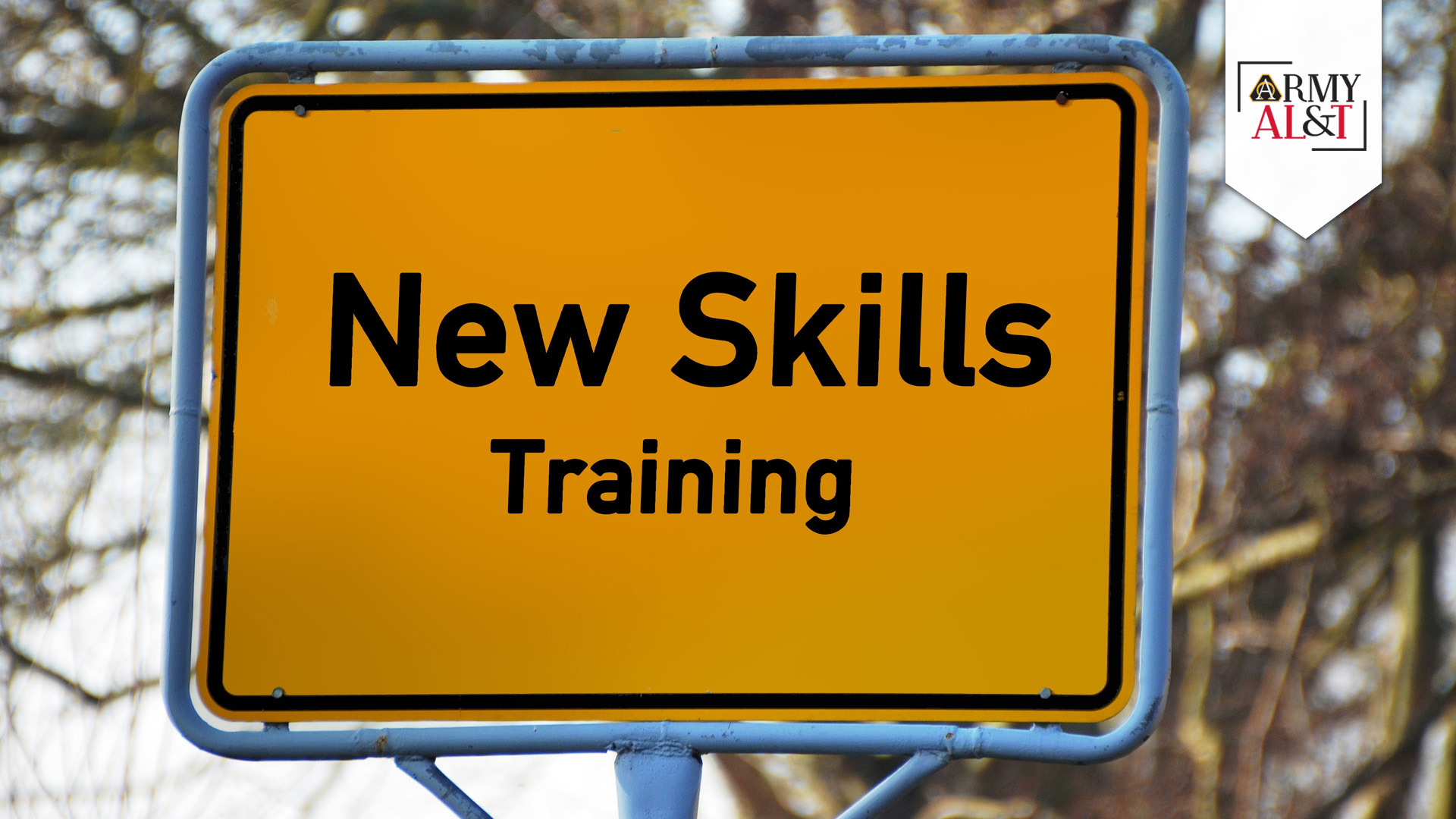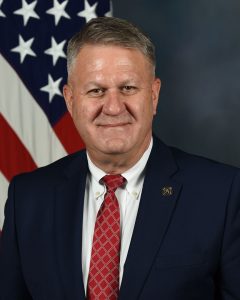
KEEP AT IT: As leaders, we have to give folks the breadth and depth of experience necessary to meet the increasing demands of our profession. (Image by Gerd Altmann, Pixabay)
FROM THE DIRECTOR OF
ACQUISITION CAREER MANAGEMENT
RONALD R. RICHARDSON JR.

To ensure a future workforce that is ready, diverse and integrated, we must provide folks with the experience necessary to meet the increasing demands of our profession.
We need the right people in the right place at the right time. That doesn’t just mean filling open positions and building a cushion of subject matter experts. It also means considering the goals and growing needs of the organization and identifying and developing future leaders who can help bring those goals to fruition.
We need to build a pipeline of leaders who are poised to not only take on future Army challenges, but also to successfully manage our teams and organizations, ensuring our Army Acquisition Workforce (AAW) remains ready, diverse, integrated and professional.
Building a pipeline of leaders—think the next two generations of acquisition leaders—is no easy task and is one that requires deliberate planning on the part of both the current leader and the acquisition professional. In my vast experience, from serving as an Army officer to working with industry to my current role as the Army Director of Acquisition Career Management (DACM) as an Army civilian, I see three areas where leadership skills can be developed.
MODELING
The first time we are exposed to leadership (the Army defines leadership as “the process of influencing people by providing purpose, direction and motivation while operating to accomplish the mission and improve the organization”) happens when we take our first job. For me, that was when I was about two weeks out of the Officer Basic Course. I experienced a stressful situation and saw firsthand how two leaders can react to a situation in very different ways. One leader yelled and pointed blame, while the other chose to stay calm and focus on learning and looking ahead to the next exercise. I decided in that moment the type of leader I was going to be—and the type I was not going to be.
The calm leader became my mentor for many years. The leadership he exhibited in that moment, and the model that he provided over time, very much shaped my perception of what it means to be a Soldier and a respected leader. I look back at that initial experience and realize now the profound impact it has had on my career and the type of leader I have matured into.
As leaders, we must model good leadership to our subordinates, live the Army values and ethics and establish a benchmark that our future leaders desire to work toward. We must hire people into leadership positions who demonstrate those desired characteristics and set and maintain the positive tone and commitment to the mission we need in our organizations. We must walk the talk.
FORMAL TRAINING
I’m proud that my office, as well as big Army, provides a wide range of formal leader development opportunities for our AAW, across all components throughout the various stages on one’s career.
While our military personnel often come into the AAW with leadership experience and a more defined plan for leadership development, civilians have flexibility to determine their path. Participation in formal leader development training requires desire and commitment from both the individual and the organization.
For our emerging civilian leaders, the Army DACM Office sponsors the Inspiring and Developing Excellence in Acquisition Leaders (IDEAL) program for GS-12 and GS-13 (or broadband equivalent) workforce members who are interested in a supervisory or leadership position. IDEAL focuses on basic leadership skills such as self-development, interpersonal relationships and strategic management to set the foundation for further learning.
Our Leadership Excellence and Acquisition Development (LEAD) program is for our GS-13s (or high-performing GS-12s) and is the next opportunity for civilians to expand their learning through a series of education, leader development and broadening assignments to prepare them for positions of greater responsibility, including leading others.
Senior Service College is the pinnacle of formal leader development training. The Defense Acquisition University Senior Service College program is for those on track to become our most senior leaders, such as product and project managers and program executive officers, and further develops critical thinking skills, broadens perspectives and exposes participants to innovative initiatives.
INFORMAL DEVELOPMENT
Much of leader development comes from experience. Organizations should look for opportunities to move emerging leaders into detail positions or developmental assignments or assign them to lead special projects.
Current leaders can also inspire subordinates through counseling sessions and professional development discussions, such as those that take place as part of an individual development plan (IDP) planning session or through the Senior Rater Potential Evaluation (SRPE). The SRPE gives leaders a sense of an individual’s potential and helps them to identify leadership strengths that can be entered as part of their career path in the IDP.
CONCLUSION
For me, nothing’s been better than my career in the Army Acquisition Workforce and having the opportunity to work with leaders, peers and subordinates to support our Soldiers. What I now look most forward to is the opportunity to empower those on my team and build up the leaders that will replace me. I give my team the freedom to fail and learn from mistakes; I allow people to take risks and give them flexibility; I give as much guidance as needed and enjoy watching them go out and do great things for my organization, the Army acquisition community and the Army.
As leaders, we can’t just check the box of formal learning; we have to build teams and give folks the breadth and depth of experience necessary to meet the increasing demands of our profession. To ensure our future Soldiers are never in a fair fight, we must strive now to build a strong acquisition profession led by leaders of character.







